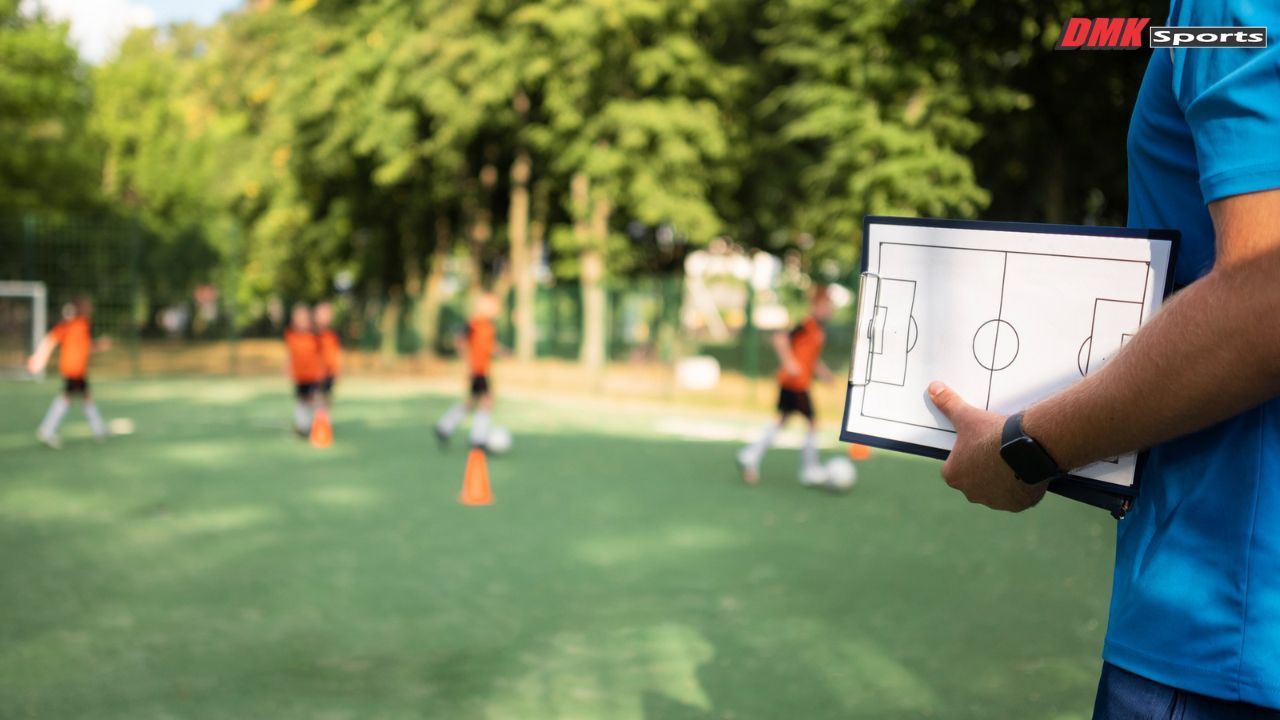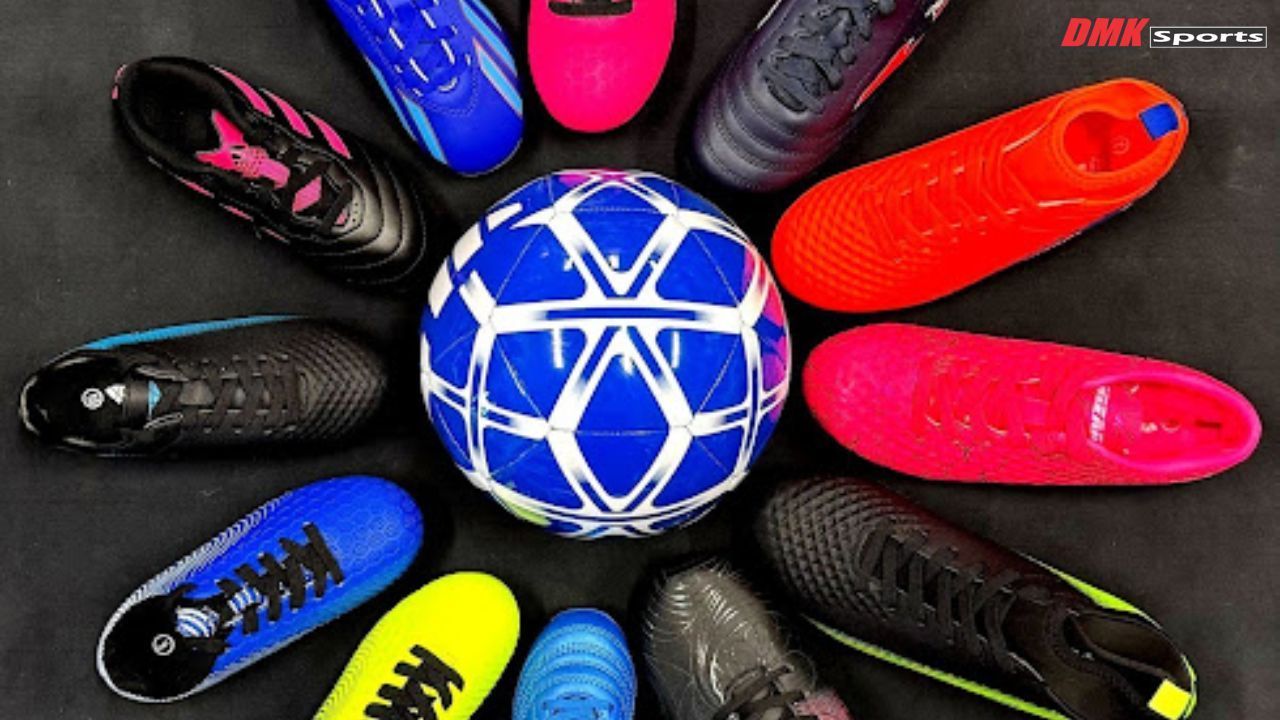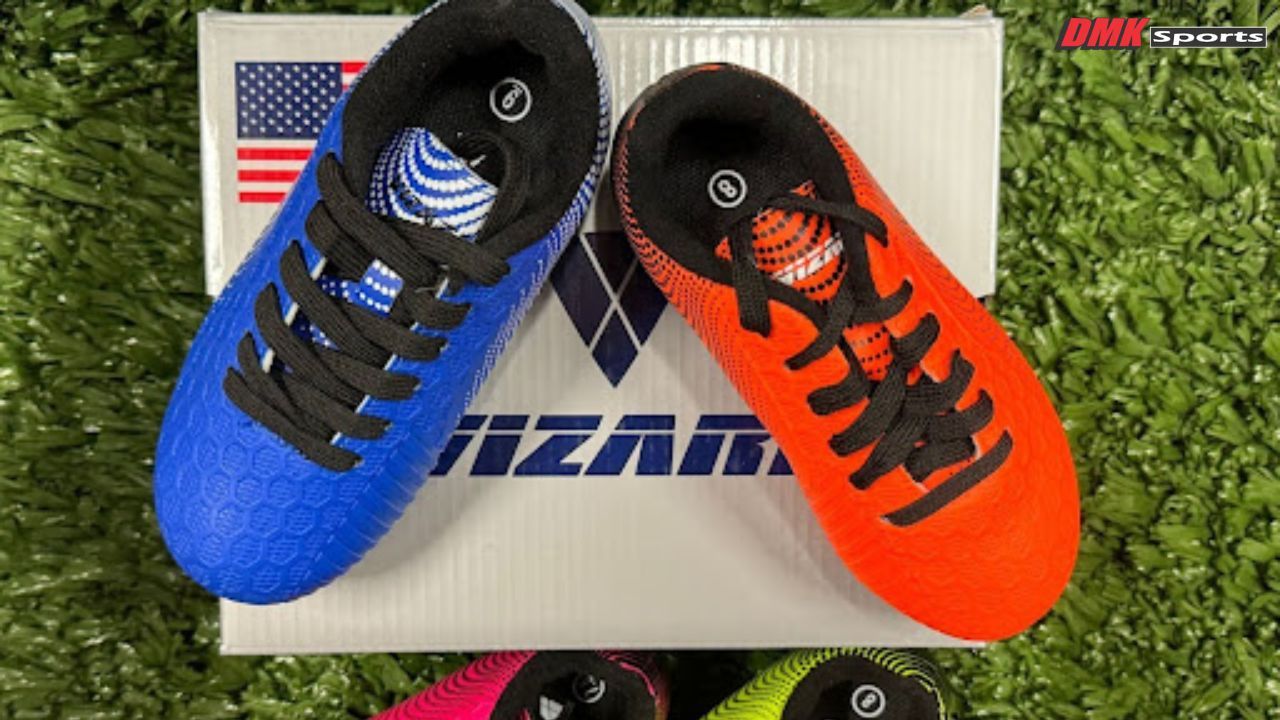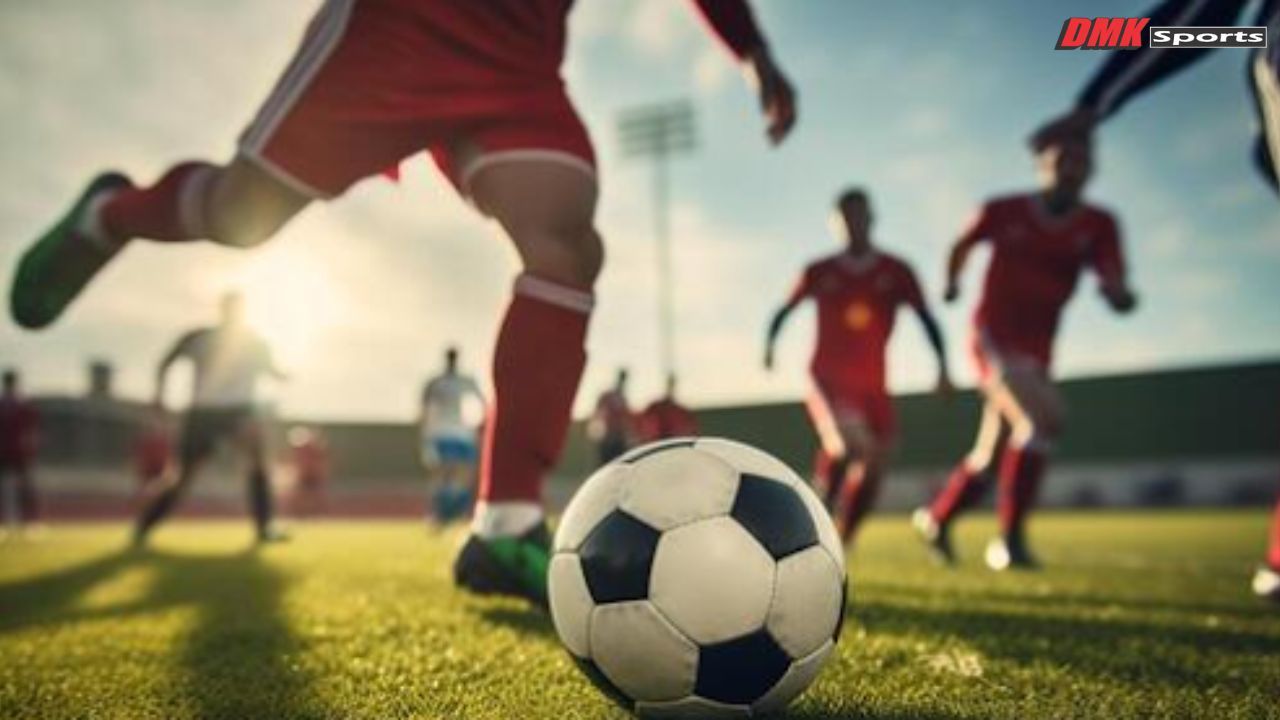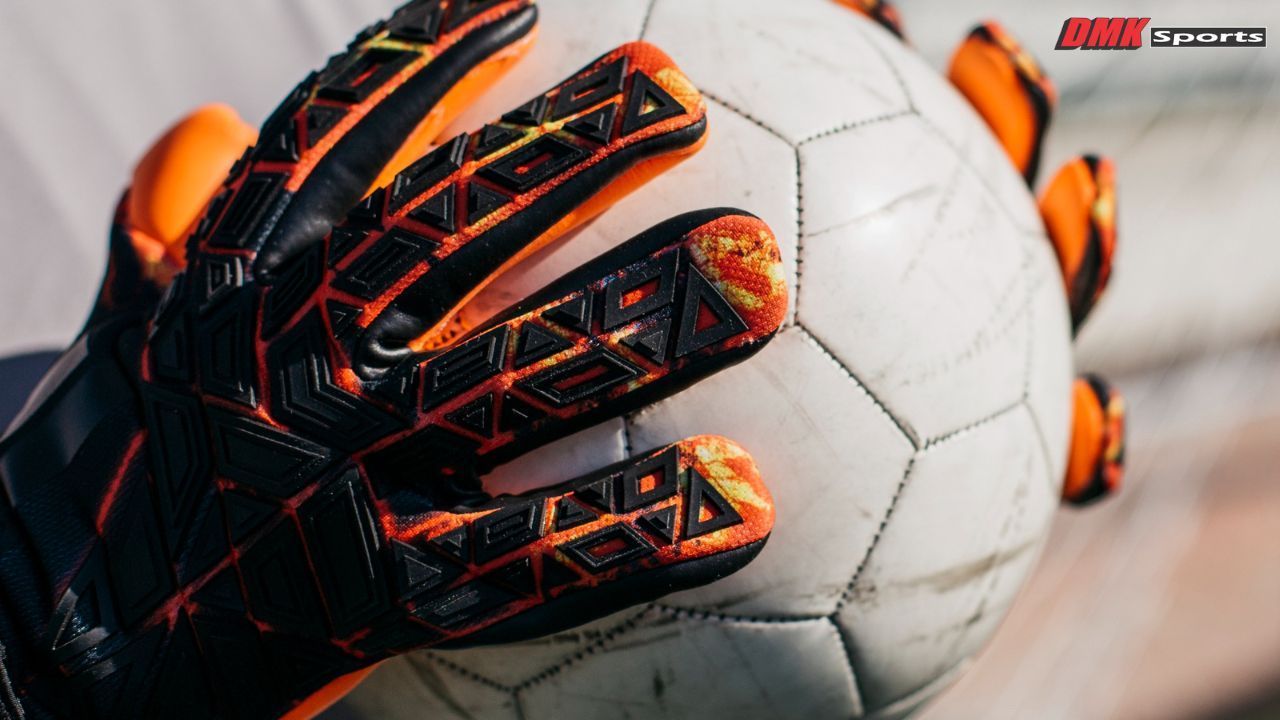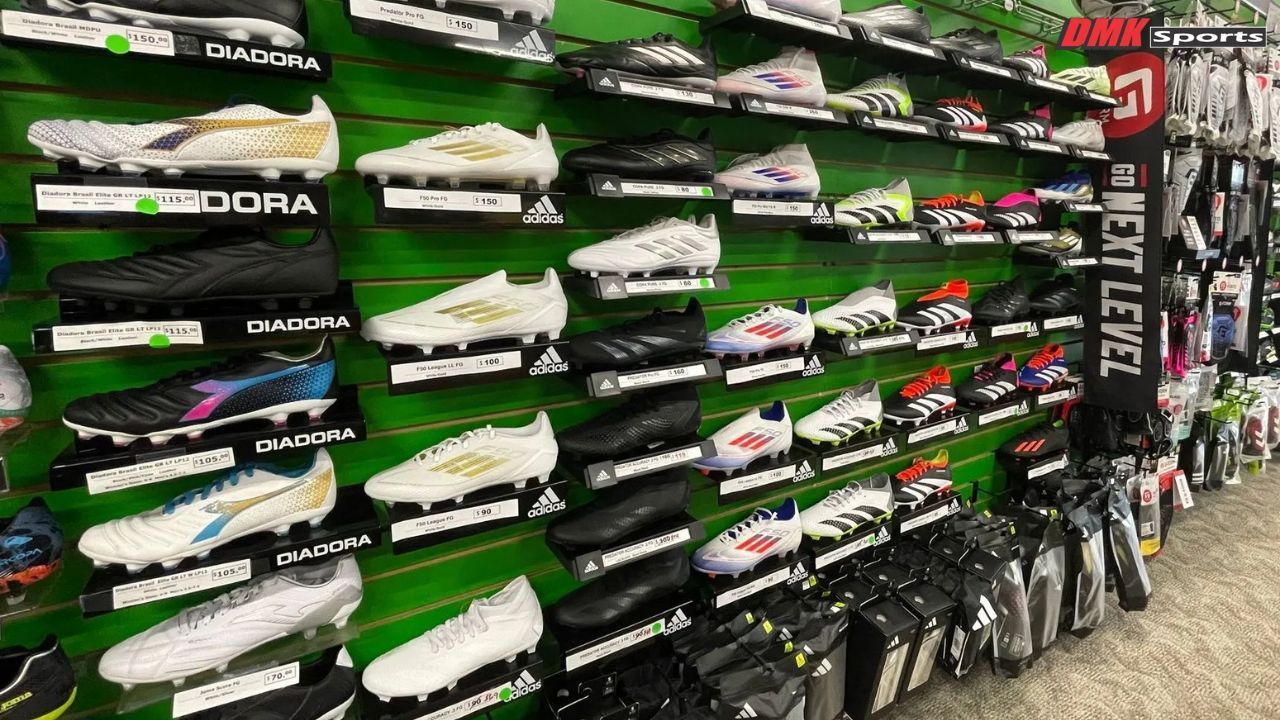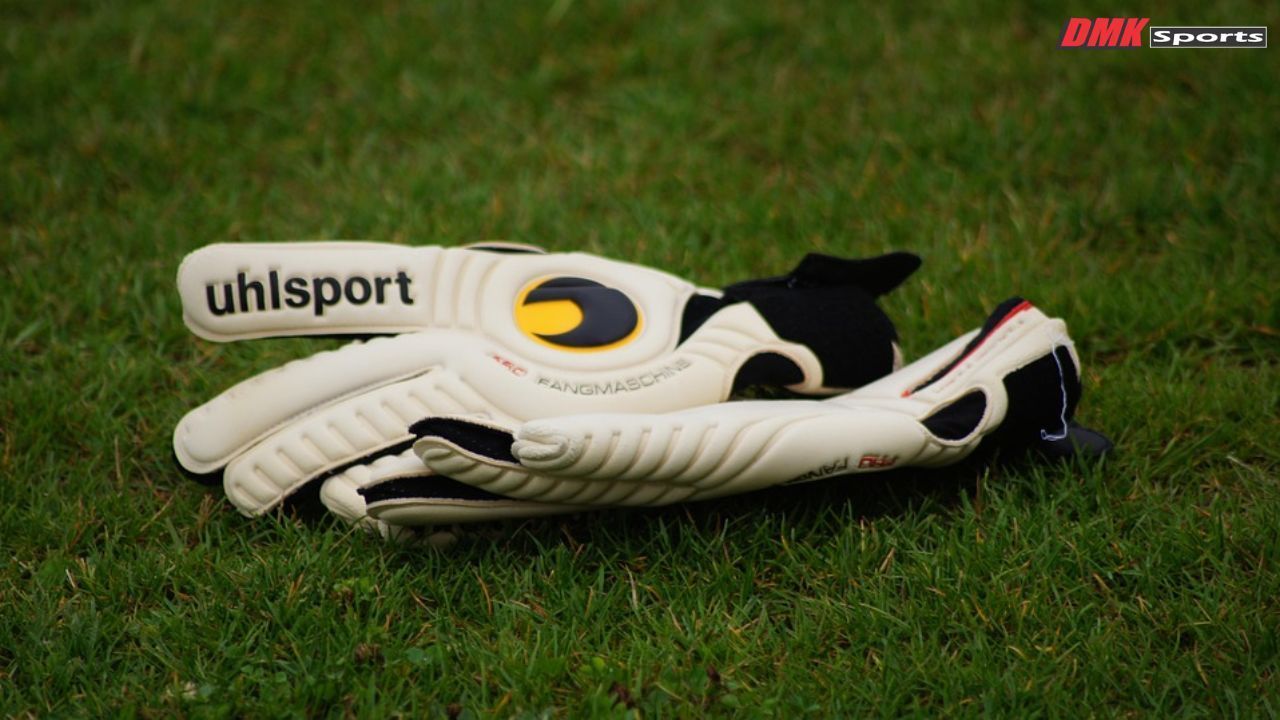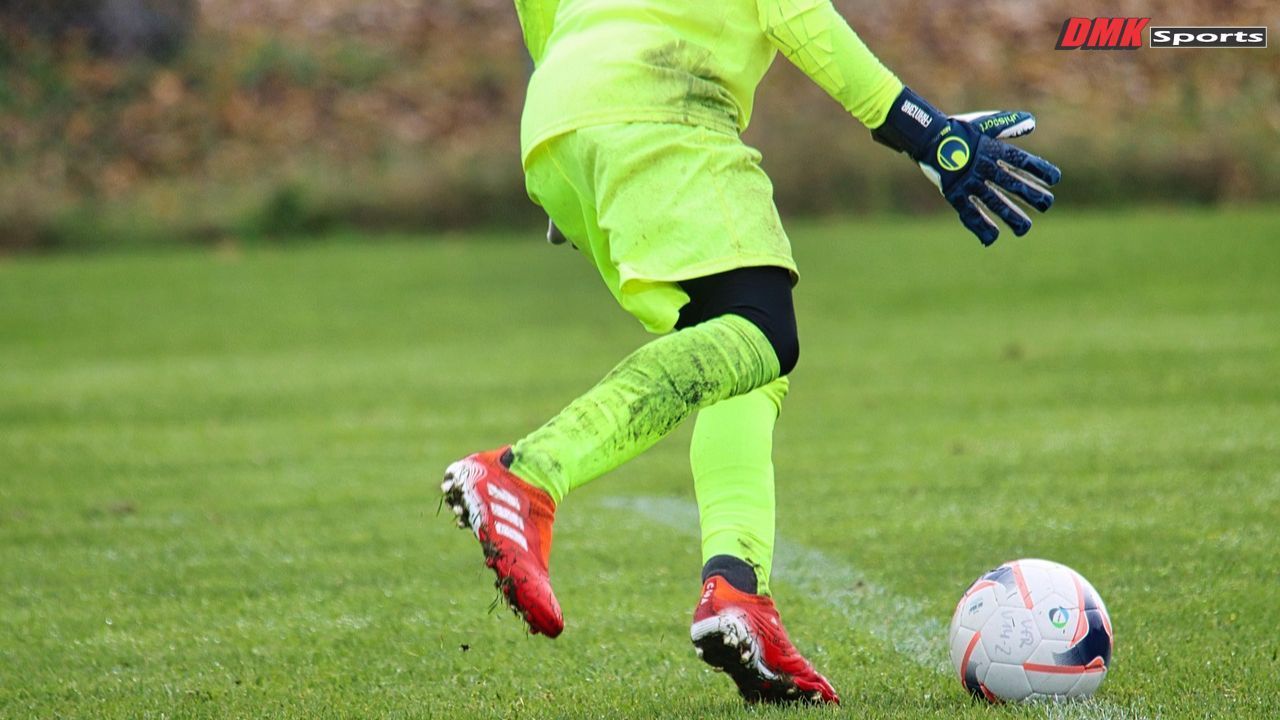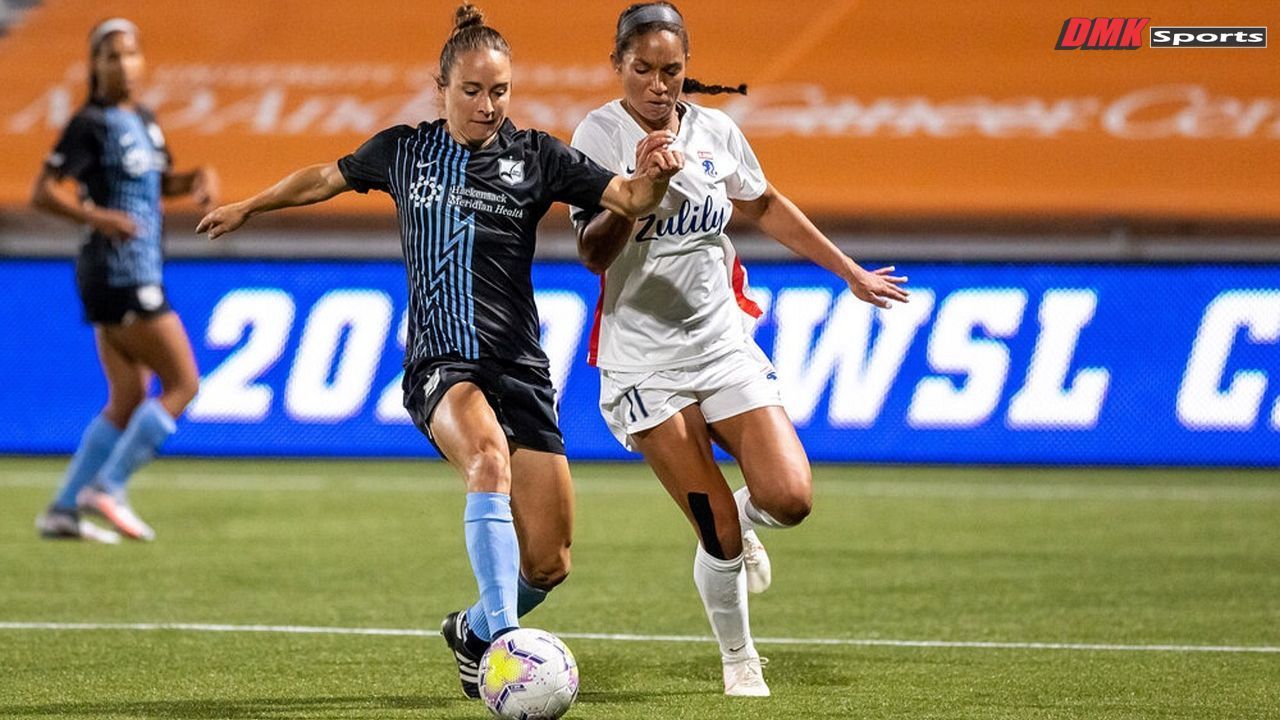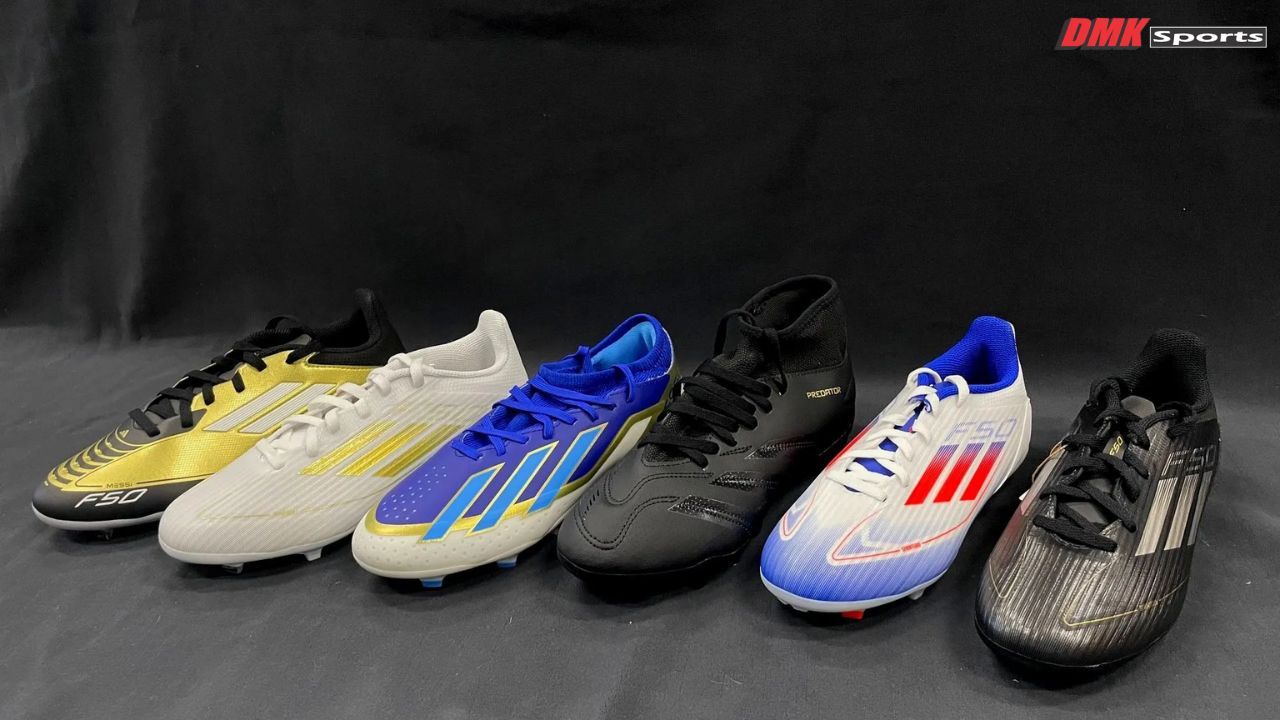Youth Soccer Cleats Buying Guide: Top Tips You Need to Know
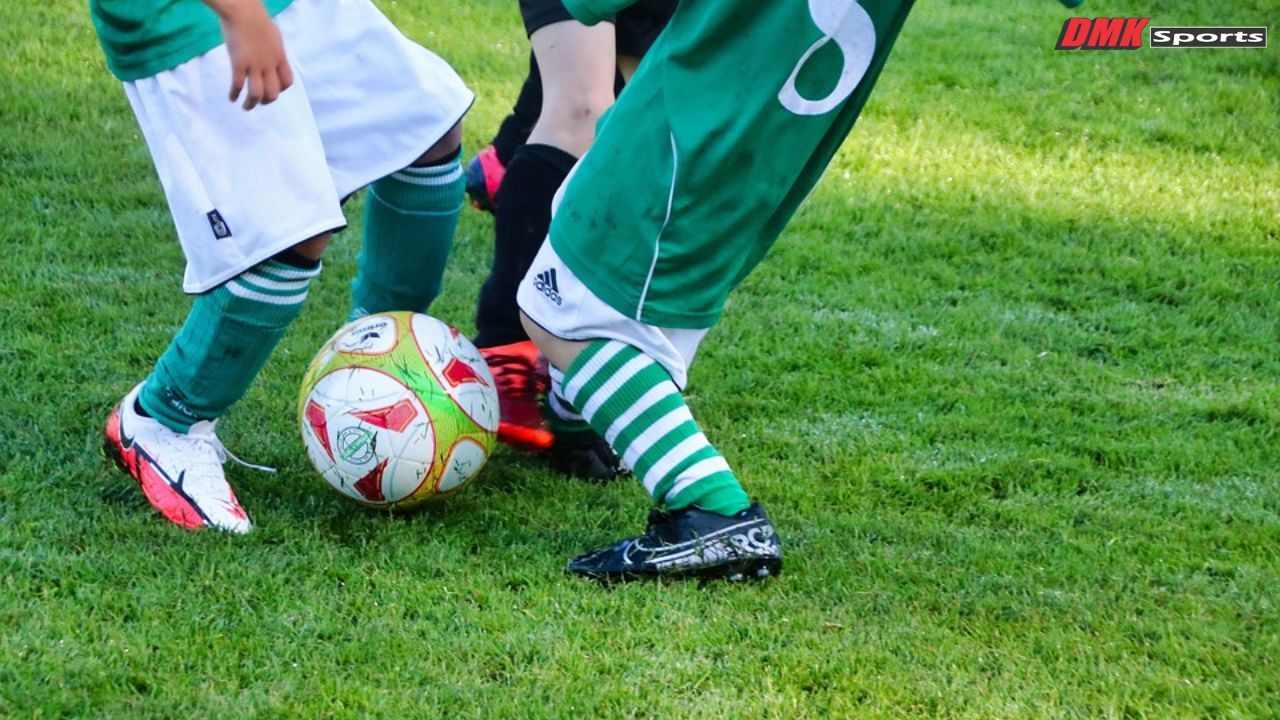
Before you buy just any pair, here’s why picking the right soccer cleats really matters. Picking the right cleats isn’t about style; soccer involves a lot of movement. To be able to perform your best, you need the right equipment.
The right pair of soccer cleats can help you perform better while staying safe and comfortable.
Explore the wide range of youth soccer cleats at DMK Sports. Whether your child plays for fun or in a competitive league, the right cleats make all the difference in how they move, control the ball, and enjoy the game.
Why the Right Cleats Matter
Comfort and Performance
When buying youth soccer cleats, comfort is one of the major factors to consider. Good cleats give young players the traction and control they need to move confidently.
The right pair of cleats can help you run faster, allow you to be more agile and change direction quickly, and most importantly, maintain balance. A comfortable fit keeps them focused on the match rather than on sore feet or blisters.
Injury Prevention
If you want to avoid injuries, then you need to have the right pair of soccer cleats. The wrong pair of cleats can have poor traction.
A bad fit increases the risk of slipping, twisting an ankle, or straining muscles. The right cleats provide grip and stability, giving growing players the support they need.
Check the guide on: What Soccer Cleats Have the Best Support? A Guide for Stability & Comfort
Understanding Soccer Cleat Types
Firm Ground (FG)
Playing on natural grass? Then look no further than the most popular youth cleats made to be worn on natural grass fields. They feature molded studs that provide a solid grip without sinking too deep, ideal for most outdoor games.
Artificial Ground (AG)
It is best to use AG cleats on synthetic turf, as they have short, evenly spaced studs. They distribute pressure evenly and reduce strain on young knees and ankles.
Soft Ground (SG)
SG cleats are especially designed for muddy or wet fields. You can use these longer studs, sometimes metal-tipped, for deep traction. They’re excellent for soggy conditions but less suitable for dry or firm fields.
Indoor Soccer Shoes
It is not necessary to wear cleats during indoor matches. The shoes players wear provide traction on hard courts and gym floors since they are flat with rubber soles.
Choosing the Perfect Pair
Fit and Comfort
Cleats should fit snugly, almost like a glove for the foot. Leave just a thumb’s width at the toes for comfort. Avoid oversized cleats; they cause instability and blisters. Always try them on with soccer socks before buying.
Field Type
Match cleats to the field surface. Grass fields call for FG cleats, while turf needs AG ones. Using the wrong type can cause poor traction and quicker wear.
Position and Playing Style
Defenders may prefer cleats that offer more support and durability. Forwards often choose lightweight options to boost speed and agility. Midfielders typically look for balance-not too heavy, not too light.
Also Read: How to Choose the Best Soccer Cleats for Wide Feet: Comfort and Performance Guide
Materials to Consider
Leather
Leather cleats are soft, flexible, and mold to the foot for a custom fit. They offer great ball control but need more care and can get heavier when wet.
Synthetic
Synthetic cleats are lighter, more affordable, and water-resistant. They mimic the touch of leather while providing extra durability, making them perfect for young, active players.
Knit
Knit cleats are modern favorites. They’re breathable, comfortable, and flexible, feeling like a sock around the foot. However, they can wear faster on rough outdoor surfaces.
Care Tips for Soccer Cleats
Cleaning and Drying
After every match, wipe off any dirt with a damp cloth or soft brush. Remove the laces and insoles to let air circulate. Always allow cleats to air-dry naturally; never use direct heat. For faster drying, stuff them with newspaper to absorb moisture and help maintain shape.
Proper Storage
Store cleats in a cool, dry place with good airflow. Avoid leaving them in car trunks or gym bags, where heat and humidity cause odors and damage. Make sure they’re fully dry before storing, and try to use odor absorbers or paper stuffing to keep them fresh and in shape.
Recommended Read: Children’s Soccer Cleats: A Complete Guide for Parents and Young Players
Conclusion
Soccer cleats for youth are more than just sports shoes; they are essential gear that provides support for your child’s growth and confidence on the field.
The right pair of soccer cleats offers comfort, traction, and protection while enhancing their overall performance. Take the time to choose wisely based on fit, surface, and material, and you’ll help your young player step into every match ready to shine.
